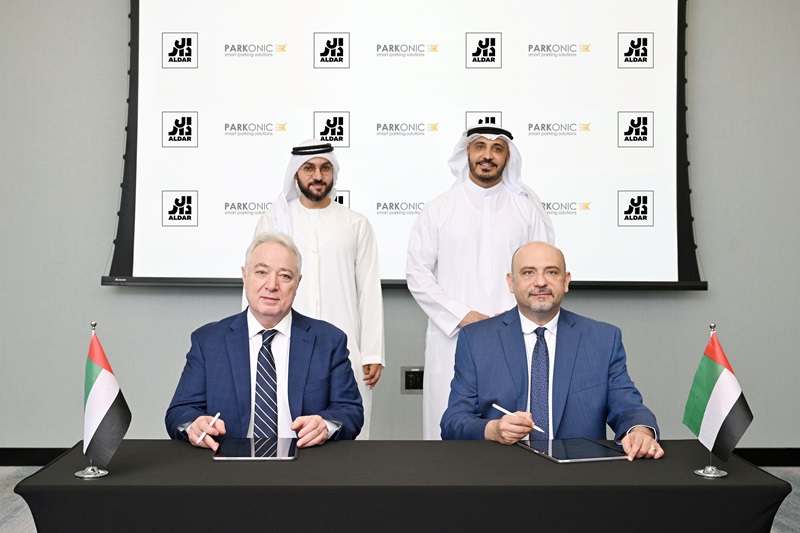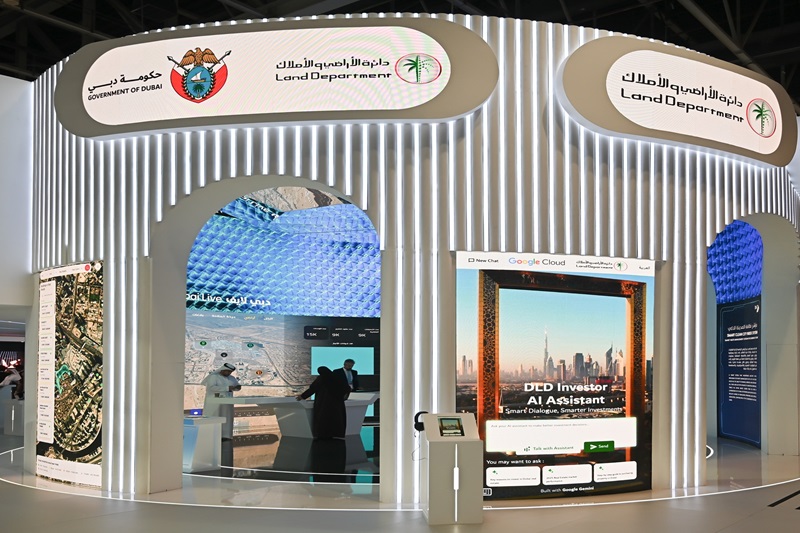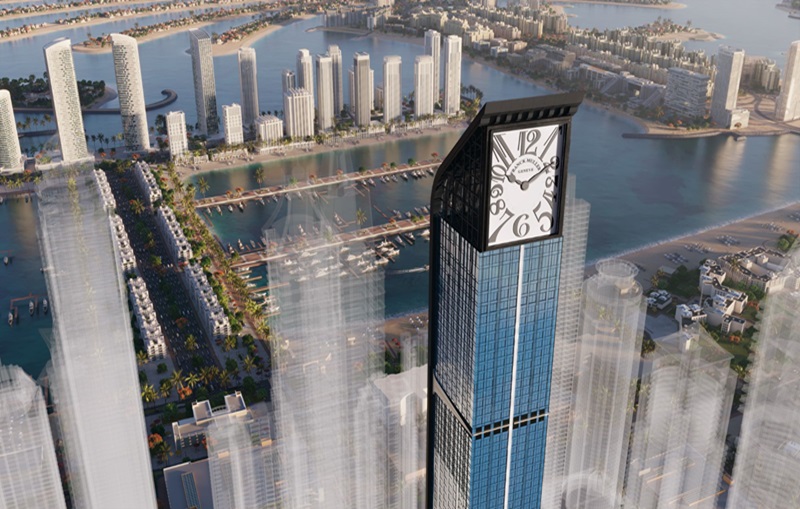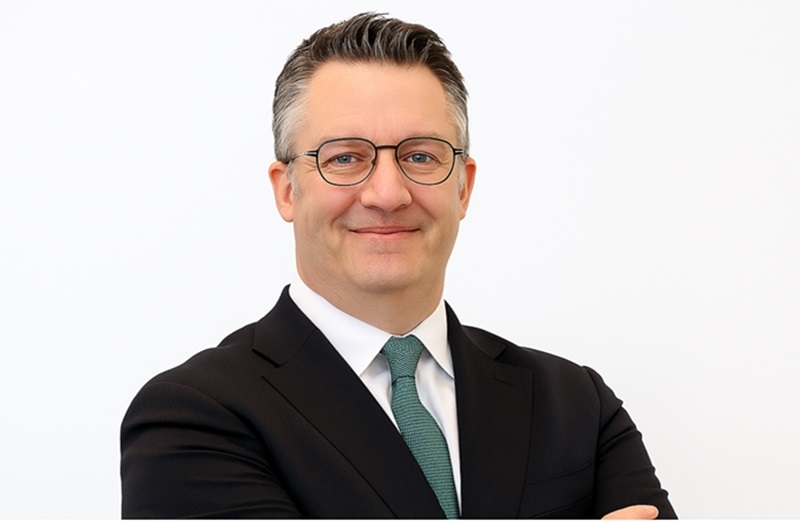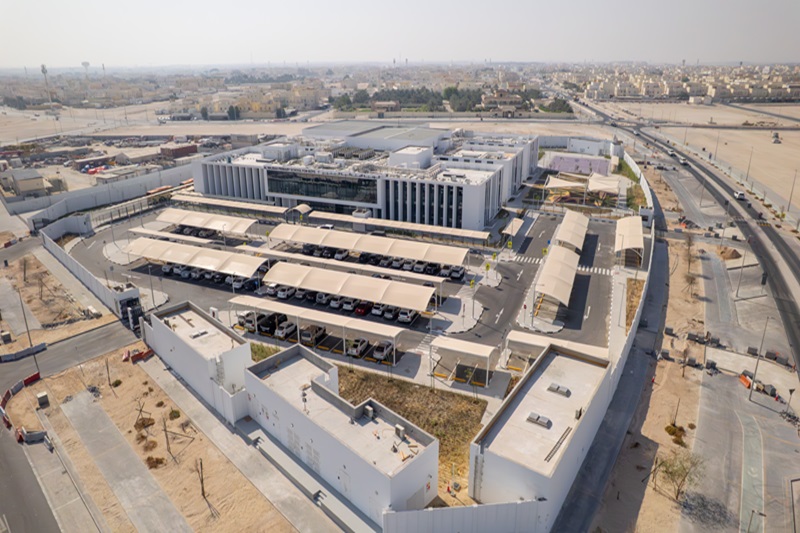
Community Associations in the United Arab Emirates will either be horizontal planned community (villas and townhouses) or vertical or high-rise developments (apartments). These are the predominant types of freehold properties in the emirates that are available to both expat and nationals as a home to live in or as an investment property.
Villa communities will typically have shared amenities such as swimming pools or clubhouses whilst Apartment buildings will not only have shared amenities but will also share all the common access areas, entry lobbies, hallways, elevators, and all the many items of capital plant and equipment necessary to provide the necessities of living and environment to the Highrise community. Because of this, the importance of the “feel good-factor of common areas” takes a more important role in a highrise community as opposed to the villa community.
When considering the appeal of the amenity and community value of the common areas there are three principal aspects that should be considered.
- How it will affect the amenity and community value of the owners and residents by improving the environment of the common areas
- The effect it will have on the overall wellness of the community
- The impact it will have on the capital value and Rate of return for unit owners and investors.
Any enhancement of the feel-good factor of common areas by introducing good design (could be achieved by lobby and hallway renovation), a pleasant-smelling environment and perhaps some muted music in the lobby, will increase the levels of enjoyment experienced by the residents and their visitors when entering the community. A poorly designed lobby, and bad smelling common areas will not enhance the experience of visiting the community in any way for either the residents or visitors.
In addition, airborne particles, bacteria, or other germs that may be represented by bad odour in the common areas will have a serious impact on the overall wellness of the residents and their visitors. As will poorly cleaned surfaces which could have the impact of transmitting diseases. This has become particularly evident over the past 2-3 years with the covid 19 pandemic.
An important aspect to consider is the value increase in the community and in particular the individual units (apartments) as well as an increase in the rate of return on investment that can be enjoyed by investors. As more and more buildings are competing for a share of the residential tenancy market, buildings that are attractive and have more to offer in terms of presentation, style, good design and outright cleanliness, are going to more favourable viewed by both tenants and will also represent a good capital gain value for those looking to resell.
Whilst it may be seen as an attractive option to include enhancements to the common areas of the building in the annual budget, this must also be weighed against the impact any such enhancement projects will have on the level of annual service charges. There could also be conflict from residents/tenants demanding higher standards, whereas investors may value ROR above the amenity value of any such feel-good factors.
It is also worthwhile to note that whatever the manager or the Owner’s Committee see as being an essential enhancement project to be included in the budget, they may find any such budgetary additions rejected by the regulator with the intention of maintaining a lower level of service charges.
Whatever is the case, Community Managers should always be striving to create appealing and healthy environments for all residents and owners alike as an important part of their role as an effective Community Manager.
This article is written by Alan Rowlands CMCA AMS PCAM, a community management expert and tutor.







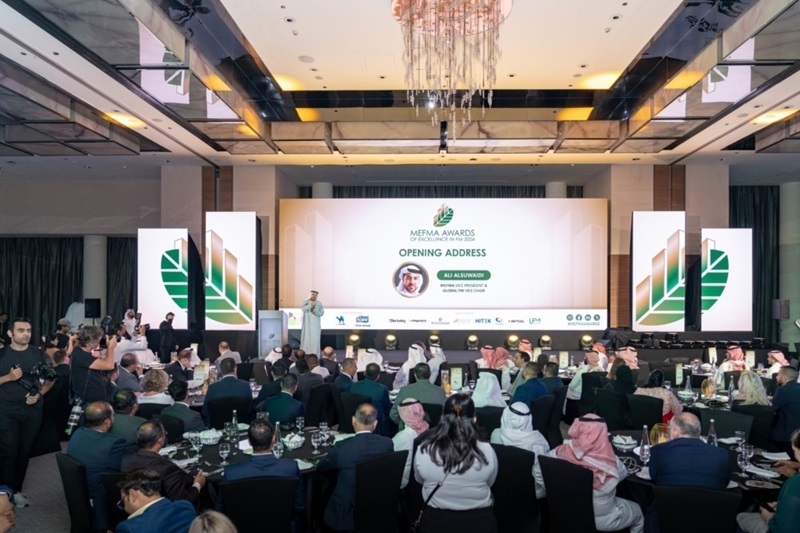
.jpg)
.jpg)
